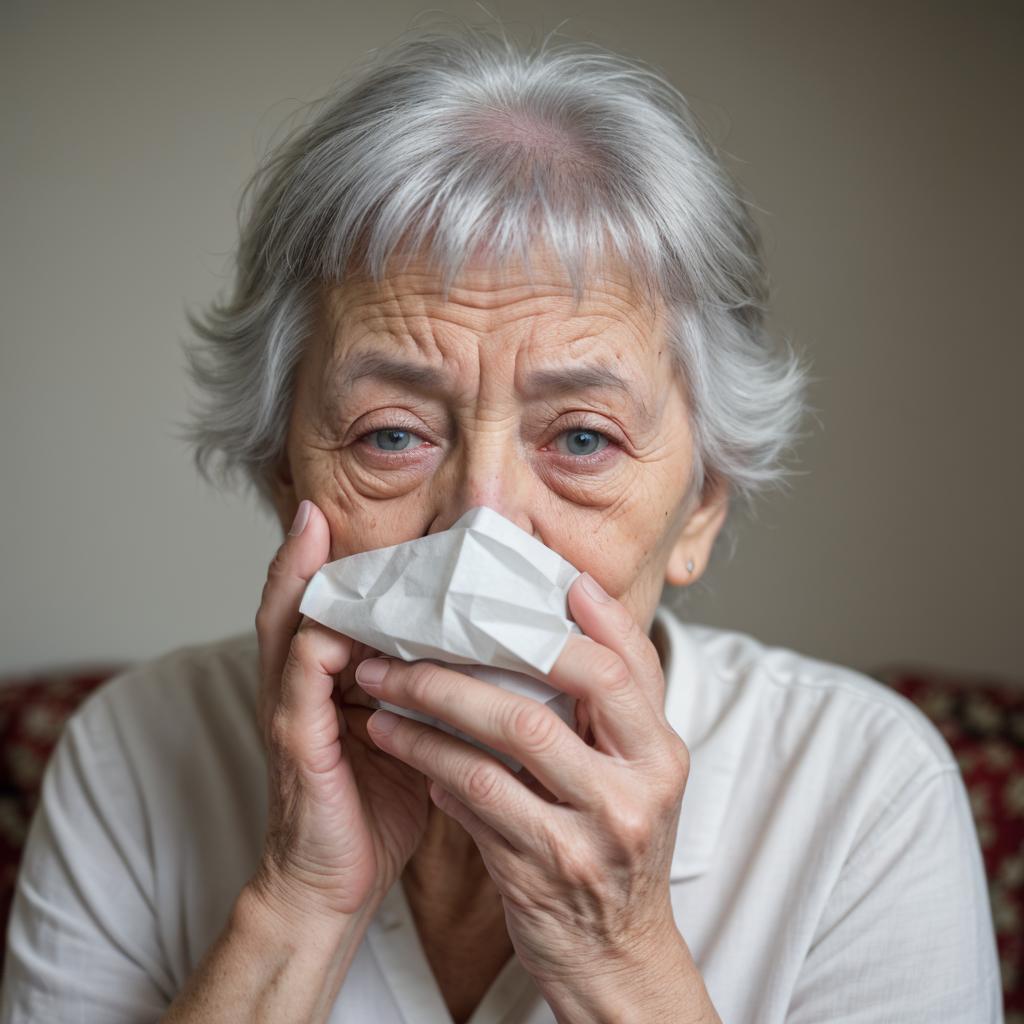

The rise of allergic reactions
In recent years, allergic reactions have become increasingly prevalent across the globe.
From mild irritations to severe anaphylaxis, allergies affect millions of individuals worldwide. Among the most severe manifestations of allergies is anaphylaxis, a potentially life-threatening condition that requires immediate medical attention.
Understanding anaphylaxis
Anaphylaxis is a severe allergic reaction that occurs rapidly and can affect multiple organ systems in the body. It is typically triggered by exposure to allergens such as certain foods, insect stings, medications, or latex. Common allergens that can induce anaphylaxis include peanuts, tree nuts, shellfish, eggs, milk, and certain medications like penicillin.
Symptoms of anaphylaxis
The symptoms of anaphylaxis can vary in severity but often include:
Difficulty breathing or wheezing
Swelling of the face, lips, tongue, or throat
Rapid heartbeat
Low blood pressure
Dizziness or fainting
Nausea or vomiting
Abdominal pain
Skin reactions such as hives or itching
It is essential to recognize the signs of anaphylaxis and seek immediate medical attention if they occur, as the condition can rapidly progress and become life-threatening.
Treatment and management
The first line of treatment for anaphylaxis is the administration of epinephrine, a medication that helps to reverse the allergic reaction and alleviate symptoms. Epinephrine works by constricting blood vessels, relaxing muscles in the airways, and improving breathing and blood pressure.
In addition to epinephrine, individuals experiencing anaphylaxis may require other medications such as antihistamines or corticosteroids to help control symptoms and prevent the recurrence of the reaction. In severe cases, intravenous fluids or other supportive measures may be necessary to stabilize the patient.
Prevention strategies
Preventing anaphylaxis involves identifying and avoiding triggers whenever possible. For individuals with known allergies, this may mean reading food labels carefully, carrying an epinephrine auto-injector at all times, and informing healthcare providers and caregivers about their allergies.
In some cases, allergen immunotherapy may be recommended to desensitize individuals to specific allergens and reduce the risk of severe reactions over time. This treatment involves gradually exposing the individual to small amounts of the allergen under medical supervision to build up tolerance.
Education and awareness
Raising awareness about anaphylaxis and educating the public about its signs, symptoms, and management is crucial for improving outcomes and reducing the risk of fatalities. Schools, workplaces, restaurants, and other public spaces should have protocols in place for managing allergic reactions and access to epinephrine in case of emergencies.
Furthermore, individuals with allergies and their caregivers should receive proper training on how to recognize and respond to anaphylaxis, including when and how to administer epinephrine and seek emergency medical assistance.
Anaphylaxis is a severe allergic reaction that requires prompt recognition and treatment to prevent serious complications and fatalities. By understanding the symptoms, triggers, and management strategies for anaphylaxis, individuals with allergies and their caregivers can take proactive steps to minimize the risk of severe reactions and ensure their safety and well-being. Through education, awareness, and access to appropriate medical interventions, we can work together to protect those at risk of anaphylaxis and improve outcomes for all individuals affected by allergies.



